Take the First Step For Estimate!
- Accurancy
- Efficiency
- Transparency
- Customization
- Time Saving
- Professionalism
- Cost Control
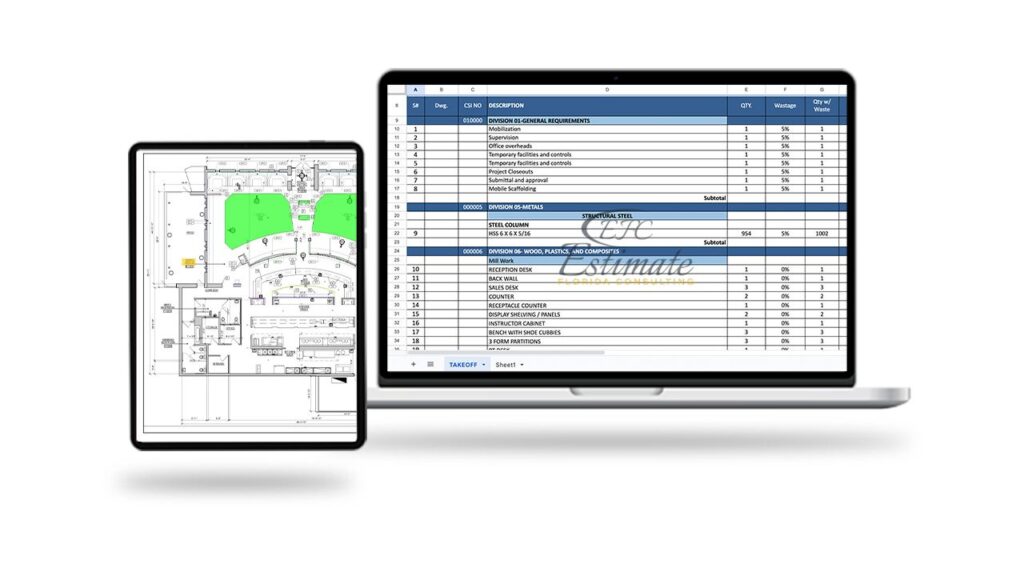
How much does it cost to replace flooring in multi-unit residential complexes? For property managers and developers, this is a key question in projects that balance aesthetics, durability, and financial planning. Costs vary with material choices and project scale. Economical materials like laminate flooring and vinyl planks might range from $2 to $7 per square foot. For a touch of luxury, engineered hardwood and high-quality carpet could push costs to between $5 and $15 per square foot. Considering a complex of 50 units, each at 1,000 square feet, flooring replacement costs could span from $100,000 for budget-friendly options to $750,000 for more premium installations.
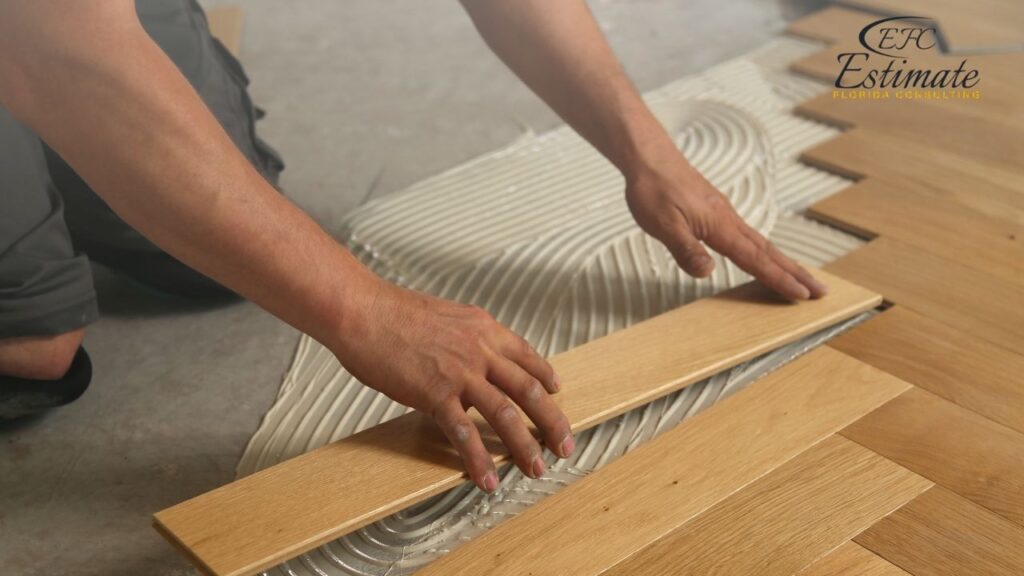
Selecting the right flooring is crucial for aligning with tenant preferences, maintenance expectations, and enhancing property value.

Flooring Material | Cost per Sq.Ft. | Total Cost for 50 Units (Each 1,000 Sq.Ft.) |
Laminate Flooring | $2 – $7 | $100,000 – $350,000 |
Vinyl Planks | $2 – $7 | $100,000 – $350,000 |
Engineered Hardwood | $5 – $15 | $250,000 – $750,000 |
High-Quality Carpet | $5 – $15 | $250,000 – $750,000 |
In multi-unit developments, strategic flooring solutions are vital for balancing cost-efficiency with durability. For developments spanning 50,000 square feet, options like commercial-grade vinyl might cost between $3 to $7 per square foot, totaling $150,000 to $350,000. Higher-end choices like engineered hardwood could push costs to $8 to $15 per square foot, leading to expenses between $400,000 to $750,000. This investment is critical in ensuring longevity and tenant satisfaction, making the cost analysis an essential step in the development process.
Flooring Type | Cost per Sq.Ft. | Total for 50,000 Sq.Ft. |
Commercial-Grade Vinyl | $3 – $7 | $150,000 – $350,000 |
Engineered Hardwood | $8 – $15 | $400,000 – $750,000 |
Flooring investments in residential complexes play a pivotal role in maximizing property value and enhancing aesthetics. For a complex covering 30,000 square feet, basic laminate flooring at $2 to $4 per square foot can cost $60,000 to $120,000, while luxury vinyl planks at $5 to $10 per square foot could range from $150,000 to $300,000 in total. These choices impact not only the complex’s appeal but also its market competitiveness, underlining the importance of selecting flooring that offers both economic and aesthetic benefits.
Flooring Option | Cost per Sq.Ft. | Total for 30,000 Sq.Ft. |
Laminate | $2 – $4 | $60,000 – $120,000 |
Luxury Vinyl Planks | $5 – $10 | $150,000 – $300,000 |
Property managers seeking to navigate the balance between economy and elegance in flooring options have various choices. For small to medium-sized properties (up to 20,000 square feet), porcelain tile offers a durable yet stylish option at $4 to $8 per square foot, equating to $80,000 to $160,000. Alternatively, high-quality carpeting provides comfort and style at a slightly lower cost of $3 to $6 per square foot, resulting in a total of $60,000 to $120,000. These options allow for maintaining or enhancing property value within a reasonable budget.
Flooring Type | Cost per Sq.Ft. | Total for 20,000 Sq.Ft. |
Porcelain Tile | $4 – $8 | $80,000 – $160,000 |
High-Quality Carpet | $3 – $6 | $60,000 – $120,000 |
The choice of flooring material is pivotal in determining project costs. Economically efficient options like vinyl and laminate offer cost-effective solutions, ideal for projects with budget constraints. On the other end, premium choices such as hardwood and ceramic tile elevate the project’s cost due to their higher material expenses. Additionally, exotic or custom materials further drive up costs but may provide unique aesthetic appeal and long-term durability, catering to specific tenant preferences and enhancing property value.
The total area requiring replacement and the complexity of spaces involved directly influence material and labor costs. Larger projects entail higher material expenses and increased labor requirements, especially if intricate designs or patterns are involved. Furthermore, projects spanning multiple units or floors may incur additional logistical challenges, potentially extending the project timeline and raising overall costs.

Labor expenses vary significantly based on geographic location, complexity of installation, and demand for skilled labor. Projects in high-demand areas may command higher labor rates, while specialized installations or intricate designs may require more skilled labor, further impacting costs. Additionally, installation time plays a crucial role, as longer project durations may necessitate phased work to minimize tenant disruption, potentially increasing labor costs.
Custom designs and higher-end materials can significantly elevate project costs but offer unique aesthetic appeal and tenant satisfaction. Balancing budget constraints with aesthetic considerations is essential to ensure the project aligns with market demands and property standards. Additionally, investing in premium materials and design elements can enhance property marketability and long-term value, making them worthwhile investments despite higher initial costs.
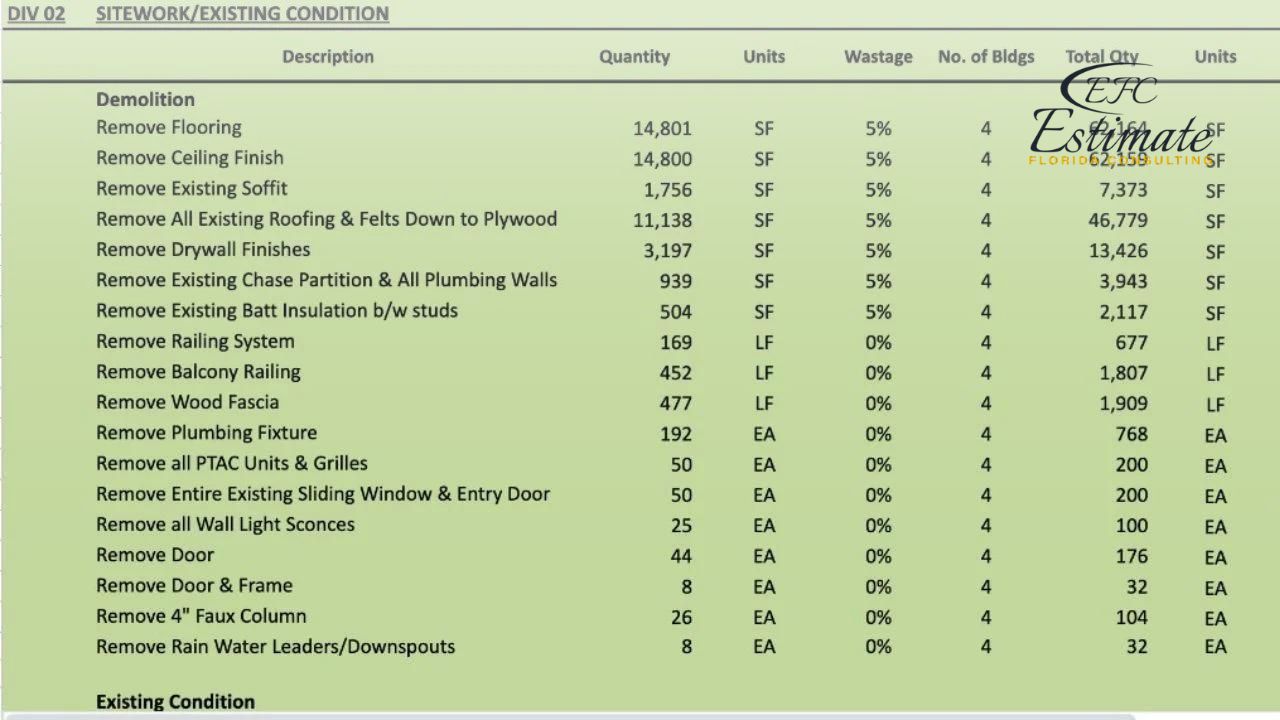
ZIP Code Based Estimate
Highly Accurate
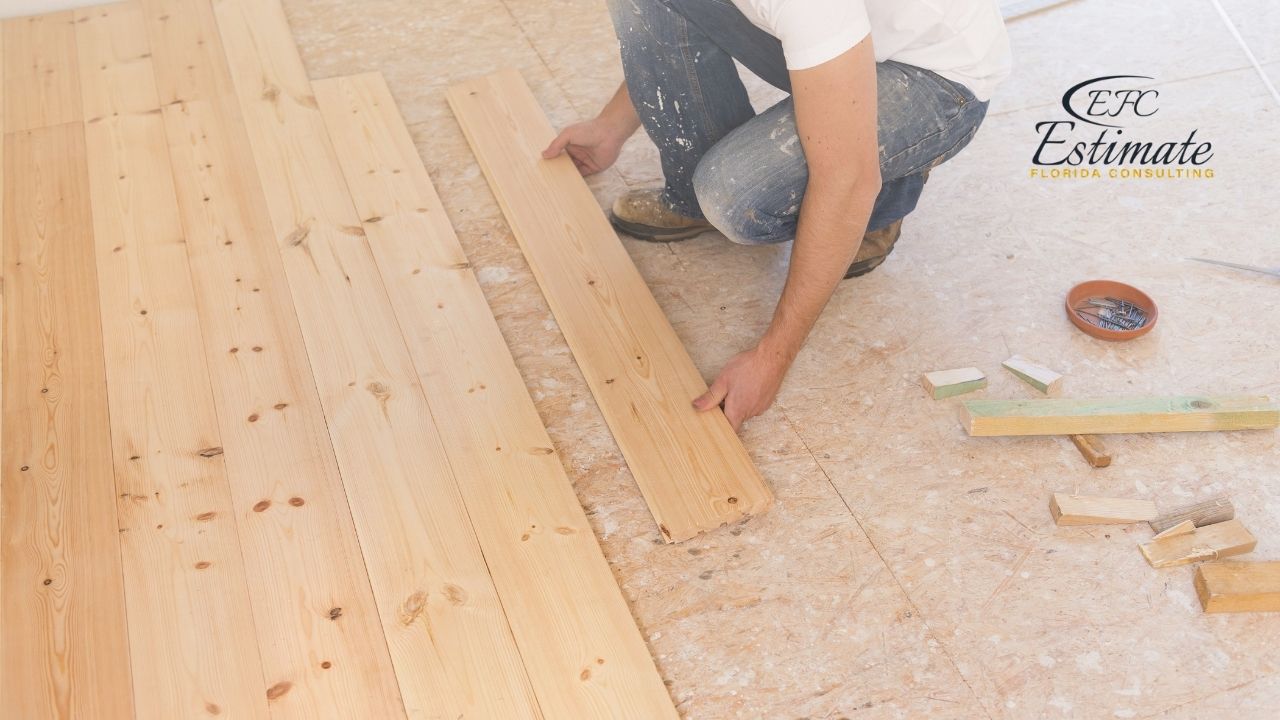
Fully Insured License Hire Contractor for Multi-Unit Residential Complexes Flooring
Hire Contractor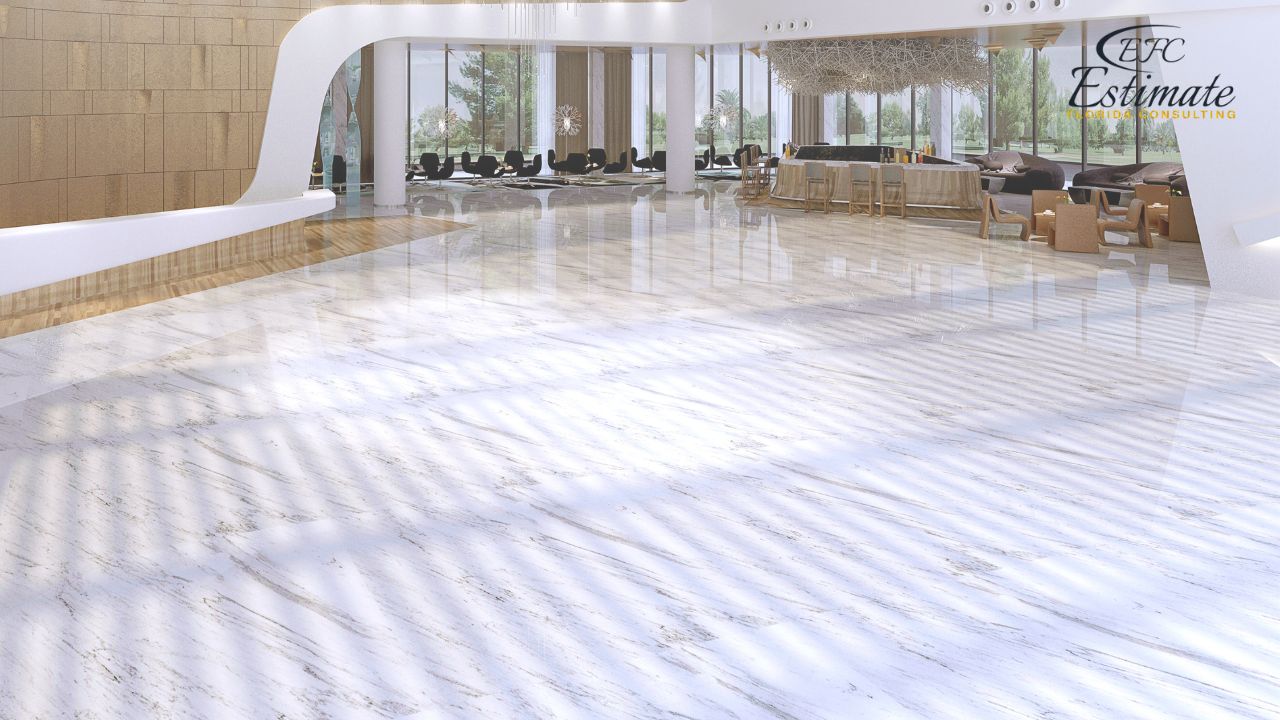
Make Informed Design Decisions Showcase Your Design Ideas
Get RenderingMoving and protecting furniture, equipment, and tenants’ belongings during the replacement process incur additional logistical costs. Proper planning and coordination are essential to minimize disruptions and avoid unexpected expenses. Additionally, efficient disposal of old flooring materials is crucial to maintaining project timelines and budgetary constraints, requiring proper waste management strategies and potentially additional disposal fees.
This section explores the most popular flooring options for multi-unit residential complexes, offering insights into each material’s cost, durability, and suitability for different living spaces:
Managing and optimizing the costs of flooring replacement projects requires strategic planning and execution. Key strategies include:
The landscape of flooring solutions is rapidly evolving, with new materials, technologies, and design philosophies emerging to meet the demands of modern multi-unit residential complexes. These trends are driven by a combination of tenant preferences, sustainability concerns, and the pursuit of cost-efficiency, shaping the future of how properties approach flooring renovations. Let’s explore some of the most significant trends in flooring solutions that are set to influence future project planning.
Sustainability has become a paramount concern in construction and renovation projects, including flooring. Eco-friendly materials are increasingly favored for their minimal environmental impact and health benefits. Bamboo and cork flooring stand out for their renewable qualities, rapid growth rates, and durability. Recycled materials, such as reclaimed wood or recycled rubber, are also gaining traction, offering unique aesthetics while reducing waste.

These materials not only appeal to environmentally conscious tenants but can also contribute to a building’s overall sustainability certifications, potentially increasing its market value.
Technology is playing a pivotal role in the development of new flooring solutions, enhancing both functionality and installation efficiency. Digital imaging technology has revolutionized the design of vinyl and laminate flooring, allowing for high-definition replication of wood, stone, and other natural materials at a fraction of the cost. Waterproof technology for laminate and engineered wood flooring has improved, making these materials more suitable for a wider range of applications within residential units. Additionally, smart flooring technologies are emerging, incorporating sensors within flooring to monitor health and environmental conditions, which could add unique selling points for tech-savvy tenants.
Flooring choices are increasingly influenced by their impact on indoor air quality and tenant health. Materials that are low in volatile organic compounds (VOCs), hypoallergenic, and easy to clean are preferred for their contribution to a healthier living environment. For instance, microbial-resistant flooring options, including certain types of vinyl and ceramic tiles, are designed to inhibit the growth of bacteria and mold, offering added peace of mind for tenants and property managers alike.
Today’s tenants value customization and unique design features in their living spaces. Flooring solutions that offer design flexibility are becoming popular, allowing for personalized spaces that reflect individual styles. Modular carpet tiles and luxury vinyl tiles (LVT) are notable for their vast range of design options, enabling creative patterns and easy replacement of individual tiles if damaged. The ability to mix and match materials for different functional zones within a unit can also enhance both aesthetics and utility.
So, why wait? Send us your plans and give us a call now. Let’s make your project a success together!

While aesthetic and environmental considerations are important, cost-efficiency and durability remain critical. Composite materials that mimic the look and feel of natural materials, but at a lower cost and with greater durability, are in high demand. Advances in manufacturing processes have led to enhanced durability for traditional materials, extending their lifespan and reducing long-term maintenance costs. Property managers and developers are increasingly evaluating flooring options not just on initial cost, but on lifecycle costs, including maintenance, durability, and the potential impact on rental rates and property values.
Flooring replacement projects in multi-unit residential complexes demand meticulous planning and accurate cost estimation to ensure success. By considering factors such as material selection, project size, labor costs, design preferences, logistical requirements, and emerging trends, property managers and developers can effectively manage expenses while delivering durable, appealing flooring solutions that enhance tenant satisfaction and property value. Strategic cost management strategies, coupled with an understanding of the latest trends in sustainable materials, technological advancements, health considerations, and design flexibility, empower stakeholders to make informed decisions that optimize both short-term budgets and long-term investments in flooring renovations. With careful consideration and proactive planning, flooring replacement projects can achieve desired outcomes, contributing to the overall attractiveness, functionality, and marketability of multi-unit residential complexes in today’s competitive real estate landscape.
Consider factors such as durability, maintenance, tenant preferences, and budget. Durable and easy-to-maintain options like laminate and vinyl are ideal for high-traffic areas. For premium units, engineered hardwood or high-quality carpet might offer the upscale look and feel desired by tenants. Assessing the overall aesthetic and functional needs of your complex will guide your material selection.
Start by determining the total square footage across all units for replacement. Then, research the cost ranges for your chosen flooring materials and calculate the estimated total based on your project’s scale. Don’t forget to include additional costs for installation, subfloor preparation, and any potential unforeseen expenses. Setting aside a contingency fund is also wise to cover any unexpected costs.
Yes, phasing the project can help minimize tenant disruption and manage budget constraints. Plan the project timeline strategically, prioritizing units based on the urgency of need or tenant turnover schedules. Communicating with tenants about the schedule and expected impacts is crucial for a smooth process.
Selecting the right material is key. For high-traffic areas, choose materials known for their durability and ease of maintenance. Additionally, implementing a comprehensive maintenance plan, including regular cleaning and immediate repair of any damages, will extend the flooring’s lifespan and keep it looking its best.
Absolutely. Many manufacturers now offer eco-friendly flooring options made from recycled materials, sustainably sourced natural fibers, or low-VOC emissions products. These options not only contribute to a healthier indoor environment but can also appeal to environmentally conscious tenants.
The right flooring choice can significantly enhance the aesthetic appeal and functionality of a unit, contributing to higher tenant satisfaction and potentially higher rental rates. Quality flooring can also improve the overall property value, making it a wise investment for the future.
Here I am going to share some steps to get your flooring replacement cost for multi-unit residential complexes estimate report.
You can send us your plan on info@estimatorflorida.com
Before starting your project, we send you a quote for your service. That quote will have detailed information about your project. Here you will get information about the size, difficulty, complexity and bid date when determining pricing.
Our team will takeoff and estimate your project. When we deliver you’ll receive a PDF and an Excel file of your estimate. We can also offer construction lead generation services for the jobs you’d like to pursue further.

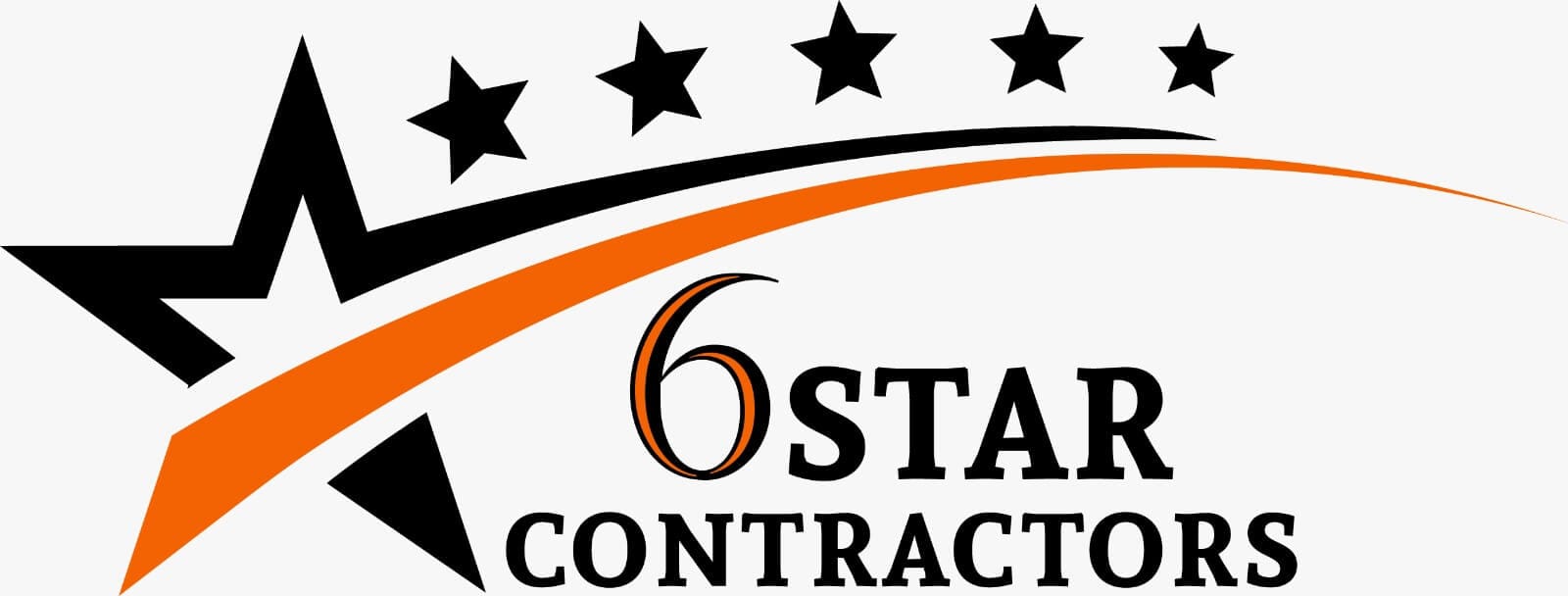

561-530-2845
info@estimatorflorida.com
Address
5245 Wiles Rd Apt 3-102 St. Pete Beach, FL 33073 United States
561-530-2845
info@estimatorflorida.com
Address
5245 Wiles Rd Apt 3-102 St. Pete Beach, FL 33073 United States
All copyright © Reserved | Designed By V Marketing Media | Disclaimer